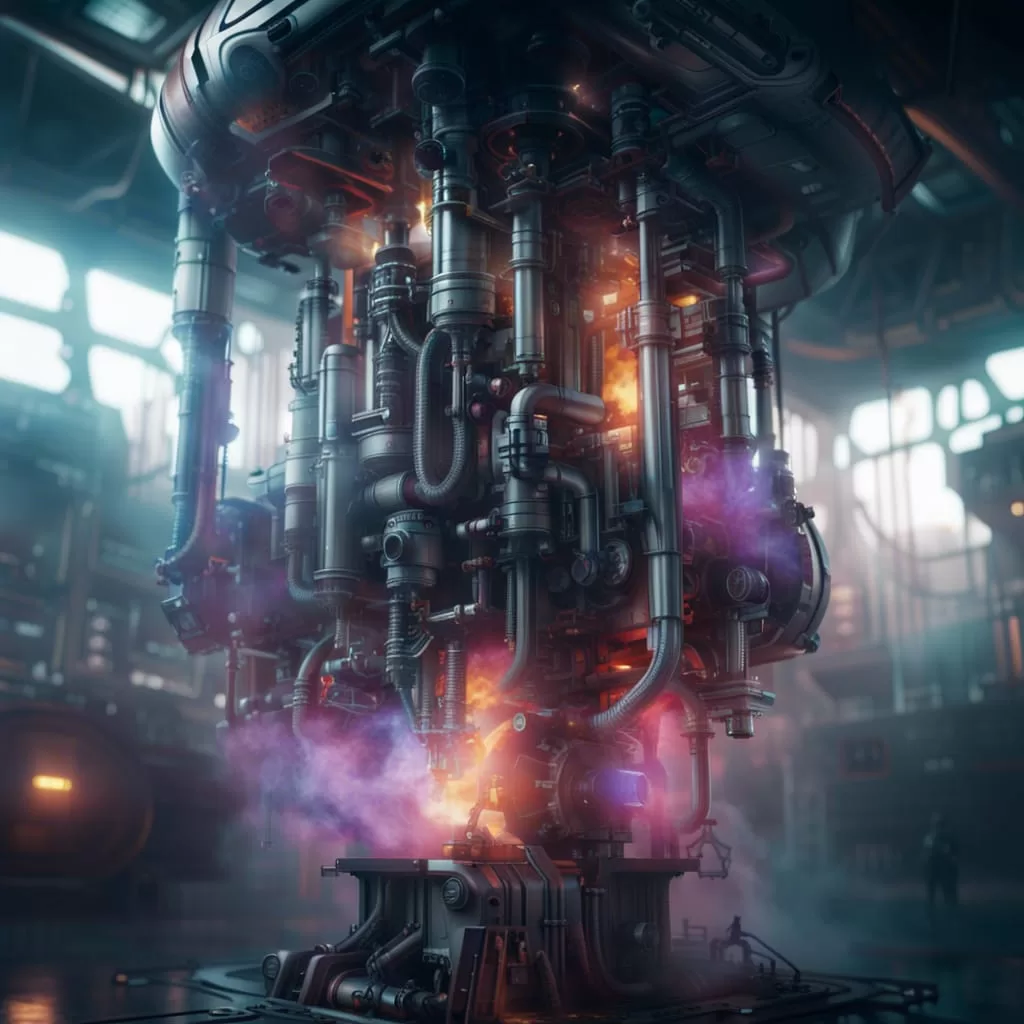Nanotechnology is increasingly being used as an integral part of diagnosing and treating infections, diseases, organ failures, malfunctions and injuries.
The convergence of a nanotechnology and genetics has opened up new pathways in developing innovative solutions that can help alleviate pain, disability and debilitating conditions.
Neuroscience is revealing connections, processes and relationships that open the way to new treatments and solutions to complex mental, psychological and emotional conditions.
The convergence of a nanotechnology and genetics has opened up new pathways in developing innovative solutions that can help alleviate pain, disability and debilitating conditions.
- And Finally, the Last Word on AI, Energy and Coffee.Was it worth it?There’s a lot of talk about the vast amount of energy AI uses. This got me wondering what damage to the environment I had done by asking Gemini for answers to pointless questions about the best way of getting a hot flat white. So I asked this question.how much energy was used…
- Nanobots.The Vélvirki extensively uses Nanoscale robots, often called nanobots or nanorobots, for maintenance and repairs. Their design is based on the physiology of insects and function in various ways, integrating advanced technologies to achieve their tasks. Size and MobilityNanobots modelled after insects would be incredibly small, typically on a nanometers (billionths of a meter) scale.…
- Nanosteam implementation in synthetic LimbsNanosteam implementation in synthetic Limbs After the Wrychuns drove away the Nebro invasion, they introduced prosthetic surgery that made use of advanced nanotechnology. The replacement limbs were designed and calibrated to work exactly the same as the patient’s real limbs in terms of flexibility and strength.Enhanced Sensory Feedback: Nanotechnology provides sensitive and precise sensors for…
- The Nerumian AI.The synthetic Neural Mesh is a matchbox-sized device that utilizes advanced technologies and materials for sensing, computation, and communication. It combines advanced materials, quantum entanglement, distributed computing, and sensor technologies into a powerful, self-contained AI system within a compact form factor. It can detect all surrounding environment conditions, make informed decisions based on query inputs…
